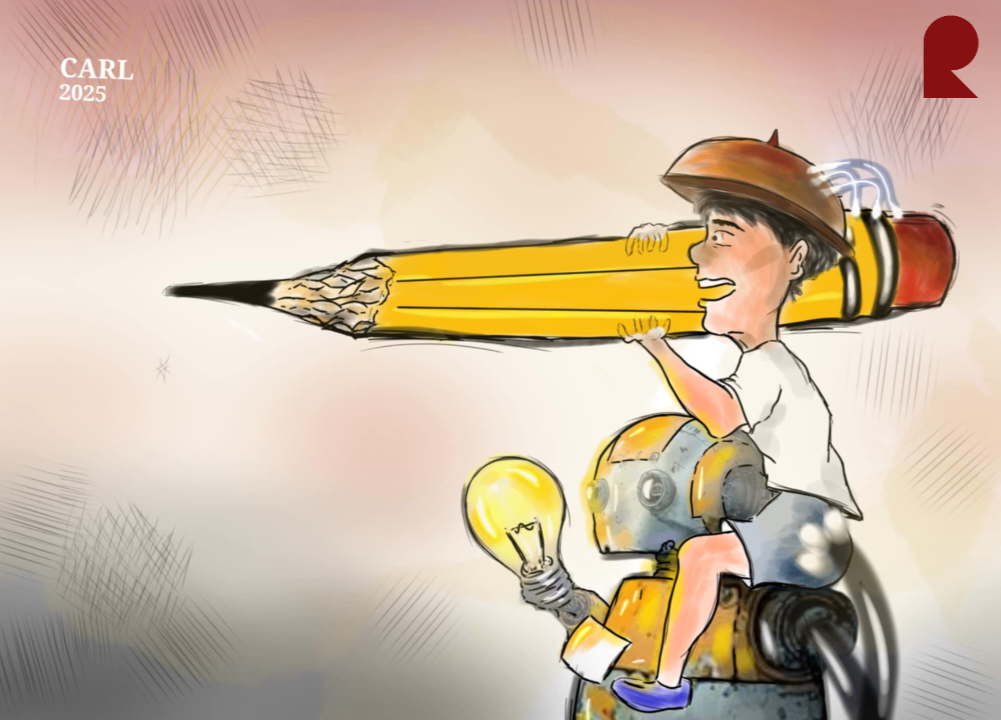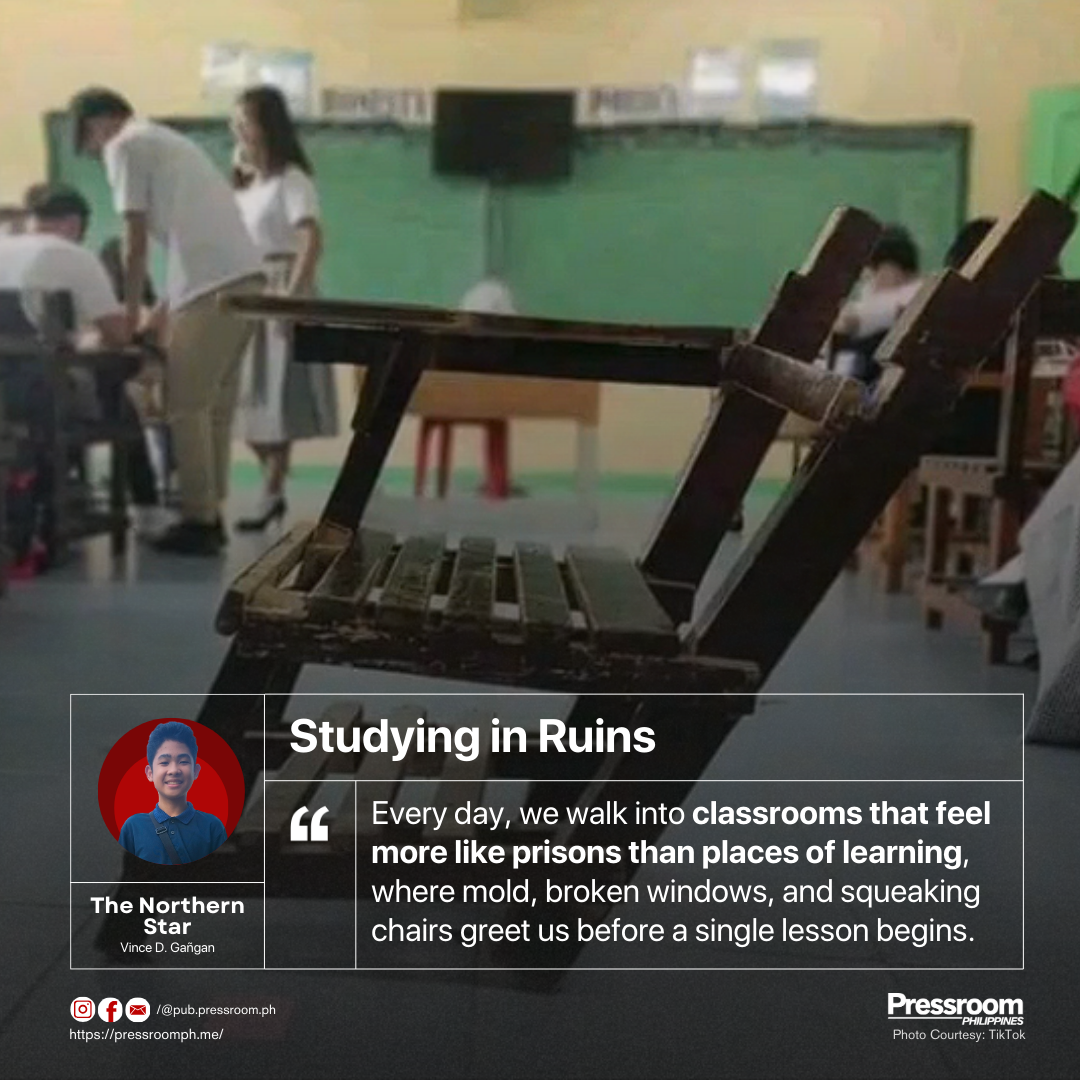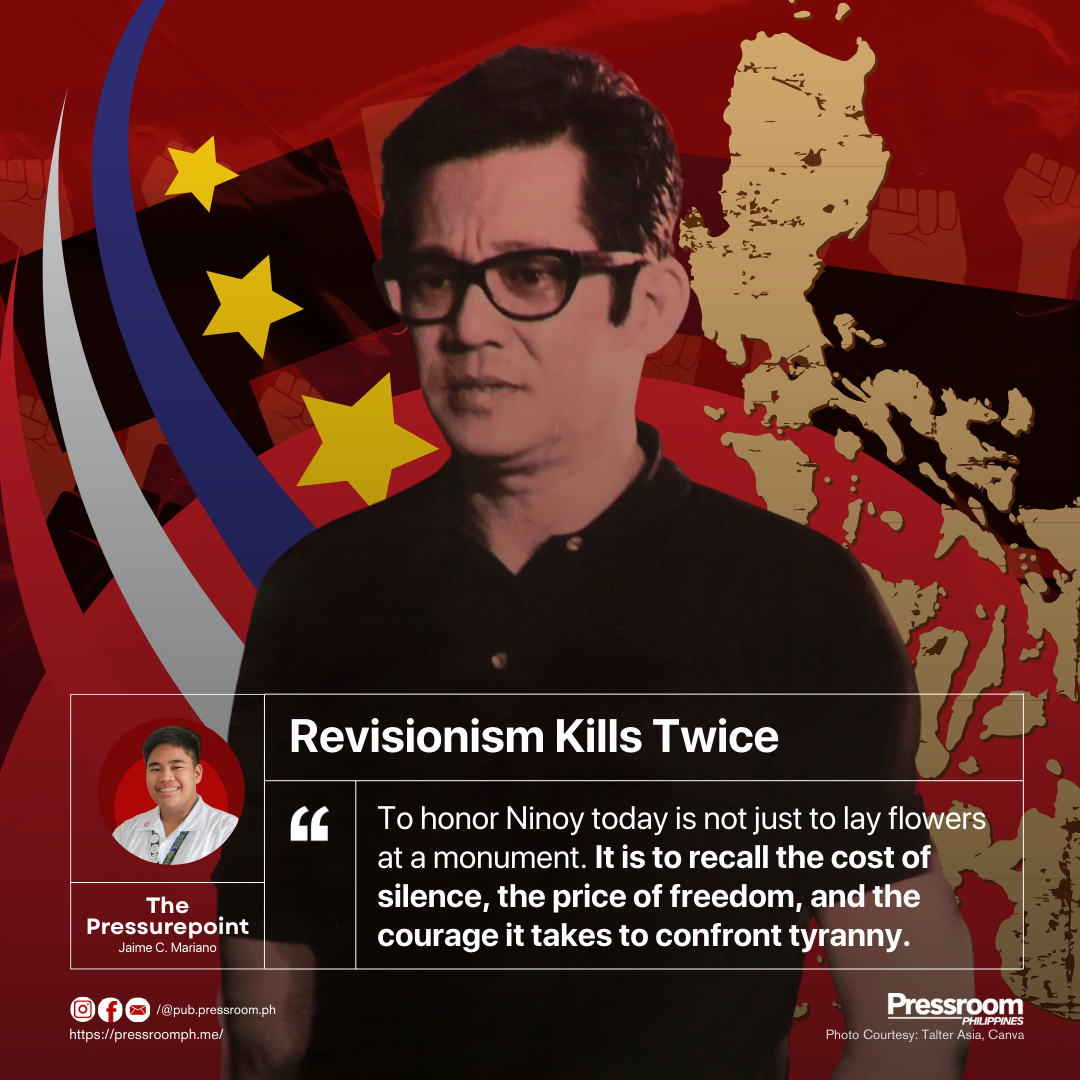Pop groups captivate audiences through visuals and performance; editorial cartoons play a similar role in journalism. It is the main visual of the newspaper. Beyond its ability to capture attention at first glance, it is the only piece in the newspaper that can accurately deliver emotion, nuances, and genuine feelings of rage, anger, confusion, and happiness. But when this task is handed to Artificial Intelligence (AI), something essential is lost. AI can produce outputs quickly and in bulk, but never with the same human depth. Journalism cannot afford to automate its greatest asset: humanity.
Journalism Gave In
The onset of AI shook different sectors of the community – what used to be a desk for administrative aid is now another free space as AI took over. Dispensable and replaceable as easy as that. However, it is ironic that the industry where truth is first formed, opinions are shaped, and culture is enriched was subjected to infiltration of this idle technology.
Perhaps journalism has given in to technological demands, but it should never trade accountability and credibility for convenience. While AI can generate cartoons with a single click, that does not make it right. AI systems are prone to bias and misinformation, and if such flaws slip into publications, sincerity and truth are compromised. Tools like ChatGPT, Gemini, and other open-source models are not immune to errors, which is why constant verification and fact-checking are essential. Once machines dominate the spotlight, trust weakens and truth begins to erode.
As campus journalists, this is the last thing we want to happen, because we are tasked with creating a space where only facts and evidence-based information thrive. The newsroom cannot risk distorting reality or the lived experiences of Filipinos on the streets. If there is a misuse of editorial elements, can AI be held accountable? Can they be brought to trial should there be libellous tags in the cartoon? Obviously not, and this erodes public trust because one cannot just walk away from distortion of veracity.
Making it Humane
If put to the test, AI may match or even surpass human illustrators in speed and precision—but it lacks one thing: humanity. It cannot deliberately draw crooked lines to reflect chaos, exaggerate emotions to amplify outrage, or choose symbols that carry deeper cultural meaning. It can replicate patterns and styles, but it cannot judge the weight of the problems that each cartoon must confront.
Only a real cartoonist can grasp the intensity of the problems that we face every day and the decision making why there is a need to draw a salakot, or a crocodile, or simply a dove.
Let it be told that it is about time that we draw a dove, signifying freedom from technological imprisonment that impedes our full capacity to reflect because we are too drowned and dependent on it. We need to be free from its chains, otherwise, we’re simply reiterating what it wants us to say or illustrate, rather than thinking critically and rationally.
In these trying times, publications need to remember that its duties go beyond production, it is about perspective. Because if it's just production of works, AI can reproduce as many in a snap, but the purpose of forming the readers’ societal awareness and sensitivity is our responsibility.
Beyond the Brush
The alarming use of AI in campus journalism needs more than just awareness and movement, campus journalists need to step up. True enough, campus journalists are hard to replace, but we can be, if we stay complacent and reliving the old, traditional works. Whether we like to face the fact or not, AI will stay, because it is meant to do that. We are not in the industry of removing it nor slandering it; we are in the industry of making sure that we don’t just deliver, we empathize. Journalism with no emotion and empathy is as bad as fake news, it is outright mockery and easily disposable.
AI arts and cartoons poses itself as a limitless canvas. It will continue to expand as long as there’s a prompt and few adjectives to tweak a work. “Make it livelier,” “Increase the size of the cartoon,” “Improve outlines and imboost characters” – simply put, and you now have the cartoon of your imagination.
However, the true glory of cartooning will be reignited if we think outside of the box. If they say the audience doesn’t care who made the cartoon, then we have to make them care! These stereotypes fuel the bigotry of shameless integration of AI in the systems of campus journalism without taking into account the authorship and the dignity of the writers and cartoonists. For once, these kinds of stereotypes and assumptions must be corrected as it will mark the beginning of real journalistic movement.
It is about time to break the norms of cartoons. Art doesn't always need to be colored with one stroke, colors don't always need to complement, and sometimes, it is perfectly fine to color beyond the lines. We have to pick up the brush and paint beyond what is expected because there’s a fight on the white canvas.
In the end, this battle is not about who can draw better, who can make their art realistic, or who combines elements perfectly. This is about which artwork has conscience. Editorial cartoons speak about social issues, it is aimed to relate to stories of suffering and hardships. It is about translating words into bubbles and caricatures enough to explain the realities of people everyday. These can only be achieved by an artist with conscience and vulnerability. A cartoon without a cartoonist is not art—it is merely a colored canvas lost in [AI]magination. The brush must remain in our hands, and we must never let it slip away.
![Pixilated Perspective: Inked by [AI]magination](https://cdn.pressroomph.me/images/articles/b36cae84-e4b2-4583-ade7-2b197a412c1d.png)




